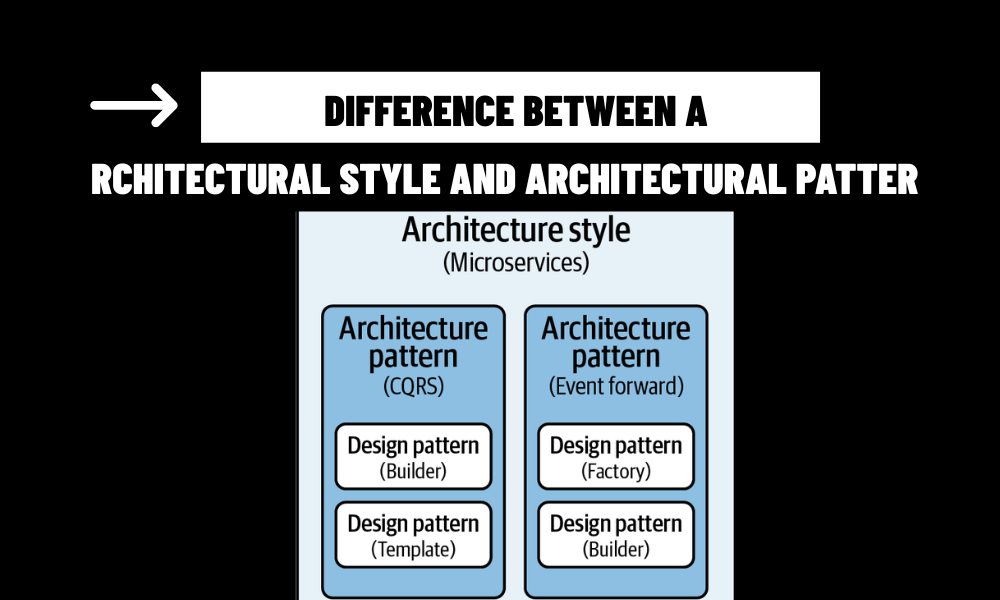In the world of architecture, particularly in the design of smart homes and modern residential spaces, understanding the difference between architectural style and architectural pattern is essential for both homeowners and architects. These two concepts are often confused, though they serve distinct roles in the design and construction of buildings. In this article, we will explore the key differences between architectural style and architectural pattern, shedding light on their significance in shaping the homes of today.
Contents
Architectural Style: Shaping Aesthetic Identity and Historical Influence
Architectural style refers to the visual and aesthetic elements that define a specific period, culture, or movement. It encompasses the design features, materials, and overall aesthetic that characterize a particular time or place in history. Architectural styles often reflect cultural, social, and technological changes and play a significant role in how a building or space is perceived.
In the context of smart homes, architectural style influences the exterior and interior design elements, including materials, color schemes, and structural forms. For example, a Modernist home will prioritize minimalistic design with open spaces, large glass windows, and industrial materials such as steel and concrete, while a Colonial-style home will focus on symmetry, traditional brick facades, and classic roofing.
While architectural style influences the aesthetic appeal of a building, it does not directly address functionality or how a space operates. For instance, a home in the Victorian style might feature intricate woodwork, ornate ceilings, and a high level of decoration, but this style does not necessarily make the home energy-efficient or adaptable to modern technological needs.

Architectural Pattern: Practical Solutions for Functional Living Spaces
On the other hand, architectural patterns refer to recurring design solutions or methods applied to solve specific spatial or functional challenges. These patterns are not bound by any specific era or culture but instead focus on the practical aspects of a building’s design. In modern architecture, especially in smart home design, patterns serve to create spaces that are both functional and adaptable to the changing needs of their occupants.
For instance, an open floor plan is a popular architectural pattern that eliminates traditional walls between living spaces, allowing for greater flexibility, improved natural light, and better flow between areas. This pattern aligns perfectly with the modern need for multifunctional, adaptable living spaces that accommodate everything from workspaces to entertainment areas.
Other examples of architectural patterns in smart homes include modular design, where homes are designed using prefabricated, standardized components, and energy-efficient design, which integrates passive heating, cooling, and lighting solutions to reduce the home’s carbon footprint.
Key Differences Between Architectural Style and Architectural Pattern
| Aspect | Architectural Style | Architectural Pattern |
|---|---|---|
| Focus | Aesthetic appeal and cultural expression. | Functional solutions and space organization. |
| Nature | Influences the visual and artistic aspects of design. | Influences the functionality and usability of spaces. |
| Application | Applies to the overall “look” of a building. | Provides solutions to recurring design challenges. |
| Timeframe | Typically tied to a historical period or cultural context. | Timeless and adaptable across various contexts. |
| Examples | Victorian, Art Deco, Modernism. | Open floor plan, modular design, adaptive reuse. |
The Complementary Roles of Style and Pattern in Smart Home Design
Both architectural style and architectural pattern are crucial elements in the design of modern homes, particularly in the realm of smart homes. While style brings visual appeal and cultural significance, patterns provide the functional framework needed to meet the evolving demands of today’s homeowners. Understanding the interplay between these two elements allows architects to create homes that are not only visually striking but also highly functional, adaptable, and technologically advanced.



